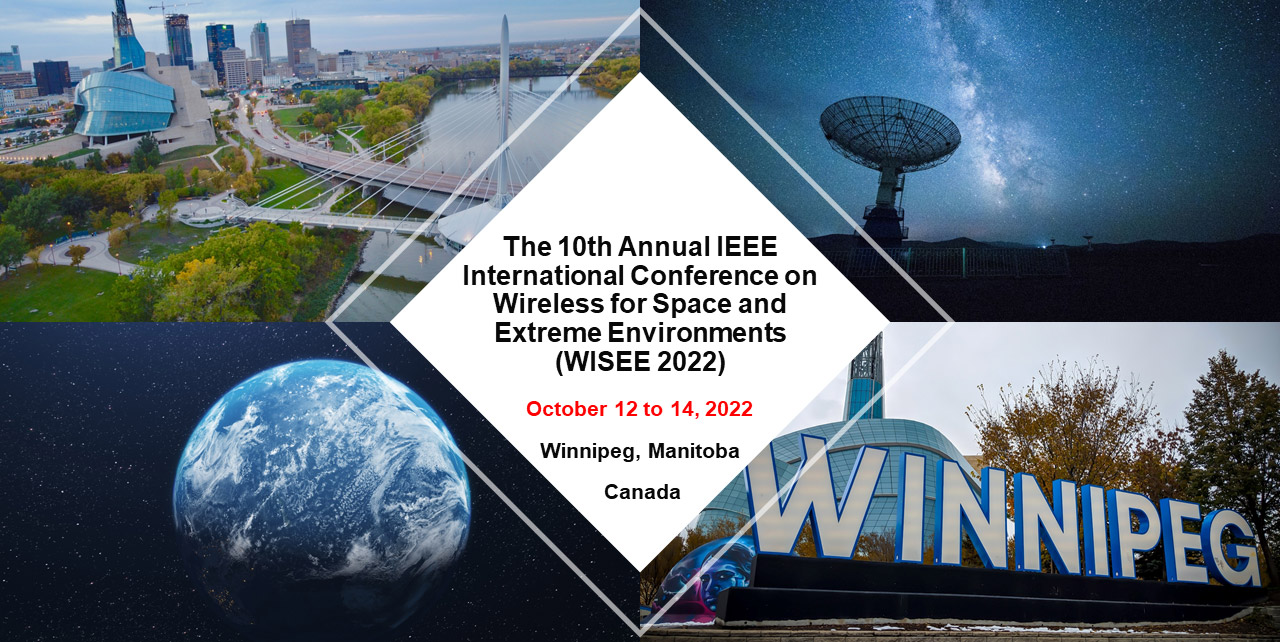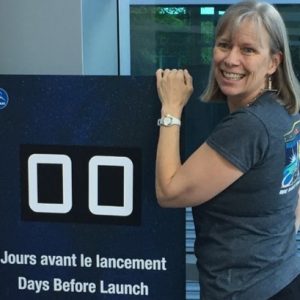
Diane Kotelko (Magellan Aerospace)
Rocket Scientist from Magellan Aerospace
Keynote on the Black Brant Sounding Rocket and Magellan’s History in Space
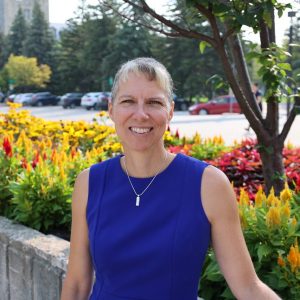
Marcia Friesen (University of Manitoba)
Dean, Price Faculty of Engineering, University of Manitoba
Bio: Marcia Friesen is Professor and Dean of the Price Faculty of Engineering at the University of Manitoba, where she held prior roles as program director and as Associate Dean. Her work has resulted in new curriculum directions and new programs, including the IEEQ Program for foreign-trained engineers and the Ph.D. Graduate Specialization in Engineering Education. Her research is in the areas of engineering practice, culture and identity and in the design of agent-based models of infection spread and mHealth apps. She is highly engaged in the practice community including past-president of Engineers Geoscientists Manitoba, past board director of the Canadian Engineering Memorial Foundation, and current board director of the Association of Consulting Engineering Companies – Canada

Helena van Mierlo (Canadian Space Agency)
Senior Engineer, Sun-Earth System Sciences Programme Manager at the Canadian Space Agency
Bio: Helena van Mierlo has spent more than 27 years in the space sector, including work on space robotics and payload integration for the International Space Station (ISS), both at the Canadian Space Agency (CSA) and the European Space Agency (ESA), as well as work in the area of Guidance, Navigation & Control (GN&C) within different organizations. During the last 16 years, she devoted her career at CSA to the Earth Observation domain, transitioning from astrodynamics specialist, to systems engineer, to mission manager for new mission initiatives. As mission manager for the WildFireSat (WFS) mission she engaged with the data users and science team to establish mission requirements, execute feasibility studies and prepare the business case to obtain mission funding, which happened successfully as part of federal budget 2022. She recently was appointed as manager of the Sun-Earth System Science Programme.
Helena holds a Masters of Science degree in aerospace engineering from Delft University of Technology, and is a 1997 alumna of the International Space University (ISU). Besides her space adventures, she spends precious time with her husband and three daughters and fills her life with music whenever she can.
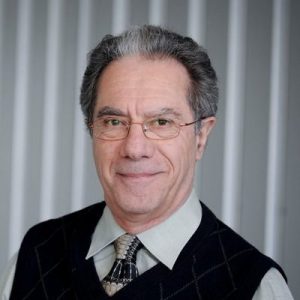
Lotfollah Shafai (University of Manitoba)
Distinguished Professor Emeritus and IEEE Life Fellow from University of Manitoba
Keynote on the University of Manitoba Antenna Laboratory
Bio: Lotfollah Shafai B.Sc. from University of Tehran in 1963 and M.Sc. and Ph.D., from University of Toronto, in 1966 and 1969. In November 1969, he joined the Department of Electrical and Computer Engineering, University of Manitoba as a Lecturer, Assistant Professor 1970, Associate Professor 1973, Professor 1979, Distinguished professor 2001, and Distinguished professor Emeritus 2016. In 1985, he established the Institute for technological Development to assist industries to access the university experts, and was its director until 1988. He was Department head 1987-1989, industrial research chair 1989-1994, the International Chair of Commission B of the International Union of Radio Science (URSI) 2005-2008, and Tier I Canada Research chair 2001-2016 in Applied Electromagnetics.
In 1986, he established the symposium on Antenna Technology and Applied Electromagnetics, ANTEM that became the premier Canadian conference in Antenna technology, applied electromagnetics, and their related topics, which he organized it until 2018.
He has been the recipient of numerous awards. In 1978, his contribution to the design of the first miniaturized satellite terminal for the Hermes satellite was selected as the Meritorious Industrial Design. In 1984, he received the Manitoba Professional Engineers Merit Award, and in 1985 “The Thinker” Award from Canadian Patents and Development Corporation. From the University of Manitoba, he has received the “Research Awards” in 1983, 1987, 1989, 1999 and 2000, the Outreach Award in 1987 and the Sigma Xi Senior Scientist Award in 1989. In 1990 he received the Maxwell Premium Award from Institution of Electrical Engineers (London), and in 1993 and 1994 the Distinguished Achievement Awards from Corporate Higher Education Forum. In 1998 he received the Winnipeg RH Institute Foundation Medal, the highest University of Manitoba research award. He is a life Fellow of IEEE and a life Fellow of The Royal Society of Canada, and was the recipient of the IEEE Third Millenium Medal in 2000. He became distinguished professor at the University of Manitoba in 2001, and in 2002 was elected a Fellow of the Canadian Academy of Engineers. In 2003 he received IEEE Canada “Reginald A. Fessenden Medal” for “Outstanding Contributions to Telecommunications and Satellite Communications”, and a Natural Sciences and Engineering Research Council (NSERC) Synergy Award for “Development of Advanced Satellite and Wireless Antennas”. In 2009 he was elected a Fellow of the Engineering Institute of Canada, and was the recipient of IEEE Chen-To-Tai Distinguished Educator Award “For contributions to antenna teaching and research by developing curriculum, numerical techniques, establishing link between industry and university and its impact on students internationally”. In 2011 he received the Killam Prize in Engineering from The Canada Council, for his “outstanding Canadian career achievements in engineering, and his research on antennas”. In 2013 he received the “John Kraus antenna Award” from IEEE Antennas and Propagation Society “For contributions to the design and understanding of small high efficiency feeds and terminals, wideband planar antennas, low loss conductors, and virtual array antennas”. In 2014 he was the recipient of Edward E. Altschuler Best paper Prize from IEEE APS Magazine, and in 2016 the best paper award from IEEE ANTEM. In 2017, International Union of Radio Science (URSI) awarded him the Booker Gold Medal “For outstanding contributions to antenna miniaturization by electromagnetics and numerical techniques, small satellite terminals, planar antennas, invention of virtual reflectors, low loss engineered conductors and dielectric film components and antennas”. In 2018, he was the recipient of IEEE Antennas and Propagation Society’s Distinguished Achievement Award “For contributions to singular electromagnetics, moment methods, reflector feeds and virtual arrays, wideband antennas, gain enhancement in miniaturized antennas and dielectric film circuits and antennas” In 2019, he was appointed as the Officer of Order of Canada “For his fundamental contributions to the fields of electromagnetics and antenna and satellite development, which have led to renowned advancements in the telecommunications industry”.
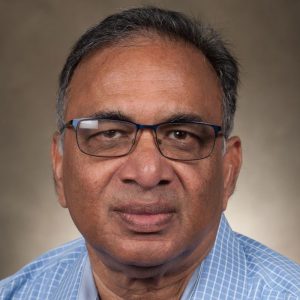
Prasad Gogenini (University of Alabama)
Cudworth Professor of Engineering from University of Alabama
Keynote on airborne radar systems
Dr. Gogineni is a Professor in the College of Engineering and the Director of Remote Sensing Center at the University of Alabama. He was founding Director of the NSF Science and Technology Center for Remote Sensing of Ice Sheets (CReSIS) at the University of Kansas from 2005 to 2016. Gogineni is an IEEE Fellow and served as Manager of NASA’s polar program from 1997–1999. He received the Louise Byrd Graduate Educator Award at the University of Kansas and was a Fulbright Senior Scholar at the University of Tasmania in 2002.
He has been involved with radar sounding and imaging of ice sheets for about 30 years and contributed to the first successful demonstration of SAR imaging of the ice bed through more than 3-km thick ice. Gogineni also led the development of ultra-wideband radars for measuring thickness of snow over sea ice and mapping of internal layers in polar firn and ice. Gogineni and his students developed early versions of all radars being flown as a part of the NASA OIB mission. The remote sensing team at UA demonstrated first successful sounding of about 3 km thick ice in Greenland and Antarctica at 750 MHz and 1.25 GHz.
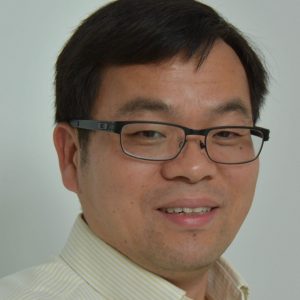
Fei Wang (University of Manitoba)
Tier 1 Canada Research Chair from University of Manitoba
Keynote on Arctic remote sensing research
Bio: Dr. Feiyue (Fei) Wang is Professor of Environmental Geochemistry at the University of Manitoba. He holds a Tier-1 Canada Research Chair in Arctic Environmental Chemistry, and an Honorary Professorship at Aarhus University in Denmark. His research focuses on cold-temperature chemical and biogeochemical processes in the Arctic, mercury pollution, marine oil spill response, and the interplay between chemical contamination and climate change. Dr. Wang is also Associate Dean (Research and Innovation) of the Clayton H. Riddell Faculty of Environment, Earth, and Resources, and leads the Churchill Marine Observatory and the Sea-ice Environmental Research Facility. He received his Ph.D. degree from Peking University in China.
In and out of his professional life, Dr. Wang is an explorer of extreme environments, chasing ice, fire, and mercury.
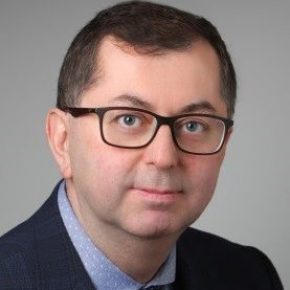
Halim Yanikomeroglu (Carleton University)
Professor, Department of Systems and Computer Engineering, Carleton University, Canada
Keynote on Integrated Terrestrial-HAPS-Satellite Networks of the Future: Towards A Sustainable ICT Ecosystem
In this talk, a novel wireless infrastructure will be presented which includes a new aerial access & computing layer composed of HAPS (high altitude platform station) constellations positioned in stratosphere, 20 km above the ground, in addition to the legacy terrestrial layer and the emerging satellite layer. With its bird’s-eye and almost-line-of-sight view of an entire metropolitan area, a HAPS is more than a base station in the air; it is a new architecture paradigm with access, transport, and core network functionalities for integrated connectivity, computing, sensing, positioning, navigation, and surveillance, towards enabling a variety of use-cases in an agile, smart, and sustainable manner for smart cities and societies of the future. The talk will feature a number of enabling technologies for the envisioned architecture including RIS (reconfigurable intelligent surfaces) and advanced antennas.
Bio: Dr. Halim Yanikomeroglu is a Professor at Carleton University, Canada. He received his Ph.D. from the University of Toronto in 1998. He contributed to 4G/5G technologies and standards; his research focus in recent years include 6G/B6G, non-terrestrial networks (NTN), and future wireless infrastructure. His extensive collaboration with industry resulted in 39 granted patents. He supervised or hosted in his lab around 160 postgraduate researchers. He co-authored IEEE papers with faculty members in 80+ universities in 25 countries. He is a Fellow of IEEE, Engineering Institute of Canada (EIC), and Canadian Academy of Engineering (CAE), and an IEEE Distinguished Speaker for ComSoc and VTS.
Dr. Yanikomeroglu is serving as the Chair of IEEE WCNC Steering Committee, Member of IEEE ComSoc Conference Council, Member of IEEE PIMRC Steering Committee, and Member of ComSoc Emerging Technologies Committee. He served as the General Chair of two VTCs and Technical Program Chair/Co-Chair of three WCNCs. He chaired ComSoc Technical Committee on Personal Communications. He received several awards for his research, teaching, and service, including IEEE ComSoc Fred W. Ellersick Prize (2021), IEEE VTS Stuart Meyer Memorial Award (2020), IEEE ComSoc Wireless Communications Technical Committee Recognition Award (2018), and a number of best paper awards.
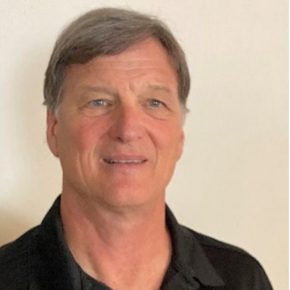
Mark Lombardi (Keysight Technologies)
Satellite and Space Workflow Solution Architect
Aerospace and Defense Solutions
Keysight Technologies, Santa Rosa, CA
30 years of experience in power, time and frequency domain measurements of high performance devices utilized in ground, air and space infrastructure.
- Past decade focused on developing Keysight’s Space and Satellite Design, Test and Measurement solutions in support of electronic design workflow digital transformation. Providing software design and verification tools engineers utilize to build digital twins. Including hardware and software that bind the simulated and physical domains through digital threads.
- Prior experience and responsibility supporting satellite and modem developers with realistic hardware-in-the-loop communication system verification using an RF Satellite Link Emulator.
- As Hewlett-Packard/Agilent product manager, applying test products from DC to millimeter waves, digital, RF and mixed signal to support a wide range of commercial applications, including embedded systems, RF communications and satellite systems including the digital and power buses.
- Mark’s work is featured in a variety of electronics industry publications and trade shows presentations. Contributing Member; Orbital Security Alliance
- Ansys System Tool Kit (STK) Master Certified
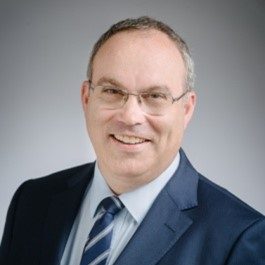
Tom Tessier (Solara)
Solara Remote Data Delivery Incorporated
Keynote on Combining Mobile Satellite and Cellular Communication Services for Remote Area Use
Prior to founding Solara Remote Data Delivery Incorporated, Mr. Tessier held various technical and management responsibilities in the space communications, operations and satellite system design field. Mr. Tessier has also worked in the agricultural sector on the Canadian prairies and is an enthusiastic outdoorsman.
As Manager of Computer Applications with Akjuit Aerospace Inc., (SpacePort Canada). Mr. Tessier was responsible for SpacePort data management, communications and information technology systems.
While with Bristol Aerospace Ltd., Mr. Tessier performed technical and project management duties with the Space Business Group. These included an assignment to a European Space Agency project, the Canadian SCISAT-1 satellite project Ground Control and Data System (GCDS) lead and as the Flight Operations Director (FOD) for the SCISAT-1 satellite.
As President of an aerospace consultancy firm, Mr. Tessier oversaw programs as diverse as support for the ground segment of the University of California ( Berkeley) CHIPSat program, ground system design, support and training to Canadian companies and universities and to the Canadian Space Agency.
Now President of Solara Remote Data Delivery Incorporated, Mr. Tessier operates a vertically integrated satellite telecom company that designs, manufactures and markets satellite communication equipment and communication services around the world.
Solara’s solutions are used to augment cell phones to allow people to exchange text messages anywhere with the Flare by satellite, monitoring global warming effects and providing “Internet of Things” (IOT) connectivity with automated trackers and custom solutions, as well as GPS personnel trackers to ensure personal safety and operational efficiency for workers and vehicles around the world.
The Flare is the newest Solara product, released in February, 2020. The Flare bridges gaps in cellular coverage anywhere in the world, and marks a seismic shift in Solara’s business model that now includes working directly with mobile cellular networks worldwide.

Randy Herrmann (University of Manitoba)
Director of the Engineering Access Program (ENGAP) at the University of Manitoba
Randy is the Director of the Engineering Access Program (ENGAP) at the University of Manitoba. ENGAP is a support program designed to assist First Nation, Metis and Inuit students seeking an engineering degree. He graduated from the University of Manitoba in 1988 with a Bachelor of Science Degree in Geological Engineering. For ten years he worked as a geotechnical engineer and a project manager before taking on his current role.
Over the years Randy’s work with Canadian Indigenous communities and within the engineering field has shown him the lack of engineers of First Nation, Metis, and Inuit ancestry and the obstacles faced by these students to obtain a degree. His desire to help change these factors and make it easier for Indigenous students to pursue an engineering degree led him to become Director of ENGAP, a position he has held since 1998.
He is a Fellow of Engineers Canada, and a member of the Canadian Academy of Engineering. He is also a member of Engineers Geoscientists Manitoba and the Manitoba Metis community.
